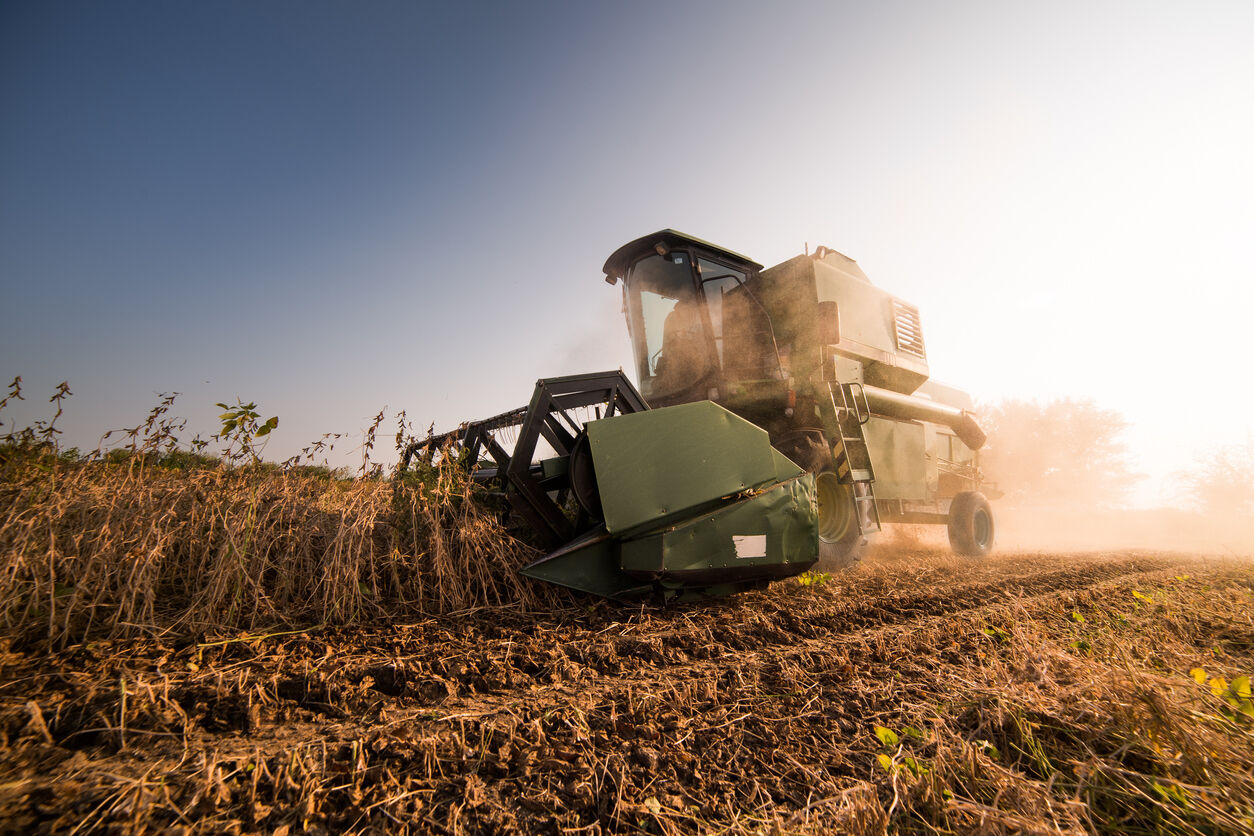United States soybeans are enjoying a “demand story” that corn doesn’t have, according to one commodity analyst—and that demand makes it likely that soy acres will be adjusted upward in September.
Todd Goll, market research analyst at Marex, with more than 40 years of experience, was commenting on the numbers in the Aug. 11 World Agricultural Supply and Demand Estimates in a webinar sponsored by the U.S. Soybean Export Council. The WASDE’s figures were collected at the end of July and didn’t take into account the increased rainfall that immediately followed across the central U. S., easing what had been an unusually dry May and June. Goll stressed that the 30 days following the WASDE would determine the size of the U.S. soybean crop this year, and that weather still would make the difference.
Goll had several takes on the WASDE, a forecast that includes lower oilseed exports, reduced crush, and higher ending stocks. The first survey-based soybean yield forecast of 50.9 bushels per acre was reduced 1.1 bushels from the previous month. Ag publications have been raising questions about the survey method used.
Goll noted the distinction between what he called the “survey crop” based on grower responses to the survey, and later numbers that will be based on actual field analysis. “I love the August WASDE,” he said, because it drives market activity. He said weather forecasts for the 10 days after Aug. 11 were positive. While May and June were drier than usual, temperatures were also relatively cool across soy-growing areas, meaning some regions had better than expected soybean yields.
The WASDE reduced estimated global soybean exports by 0.5 million tons to 168.8 million on lower U.S. exports. Soybean crush and imports were reduced for Bangladesh, Egypt, and Pakistan. Global soybean ending stocks were reduced 1.6 million tons to 119.4 million, mainly on lower U.S. stocks.
China shows up
Goll sees bullish upsides to the U.S. soybean market, however, both immediately and in the long term. He said he and other soybean analysts were “stunned” when the U.S. Department of Agriculture reduced estimated soybean acres by more than 4% in June. He suggested that soybean acres could be due for an upward revision in September, when the USDA does field analyses instead of relying on farmer-reported surveys, as in the August WASDE.
Goll said that in the few weeks before the WASDE was released, “China showed up” in the markets, buying soybeans aggressively from the U.S., Argentina and Brazil. The buyers were private Chinese traders as well as the state, and especially the state soybean reserve. Crush profit margins within China are good right now, he said, and that positive crush outlook will drive continued purchases despite woes in other parts of the Chinese economy.
Germany’s ‘RIN play’
Goll said there is a temporary situation of America exporting soybeans to Germany, where they are refined into oil and the oil is re-exported back to the U.S. Crush margins and the exchange rate make this profitable for German crush plants right now, all related to Renewable Identification Numbers assigned to biofuels. Goll called it “Germany’s RIN play.” Germany has orders for U.S. soybeans extending through 2024.
Argentina, too, is importing U.S. beans for processing, as its crush capacity has outpaced its own domestic soybean supply.
Corn yields down
The current projected corn yield per harvested acre stood at 175.1 bushels per acre, lowered from 177.5 bushels per acre in the July report. But that estimate came before rains at the end of July and beginning of August, which are likely to improve yields.
This month’s 2023-24 U.S. corn outlook was for reduced supplies, lower domestic use, smaller exports, and tighter ending stocks. Projected beginning stocks for 2023-24 were 55 million bushels higher, based on a lower use forecast for 2022-23, reflecting reductions in corn used for exports, glucose and dextrose, and starch.
Corn production for 2023-24 was forecast at 15.1 billion bushels, down 209 million from the July projection and if realized, would be the second highest on record behind 2016-17. The season’s first survey-based corn yield forecast, at 175.1 bushels per acre, was 2.4 bushels lower than the previous month’s projection.
The WASDE reported forecast yields above last year’s at this time in Indiana, Iowa, Nebraska, Ohio, and South Dakota. Yields in Illinois, Minnesota, and Missouri were forecast below a year ago.
David Murray can be reached at [email protected].




